After a beef with the Hawaiian government, Howard Taylor allowed 13 hippies to move into his beachfront property to live rent free—and they built a tree house paradise.
Taylor Camp Residents
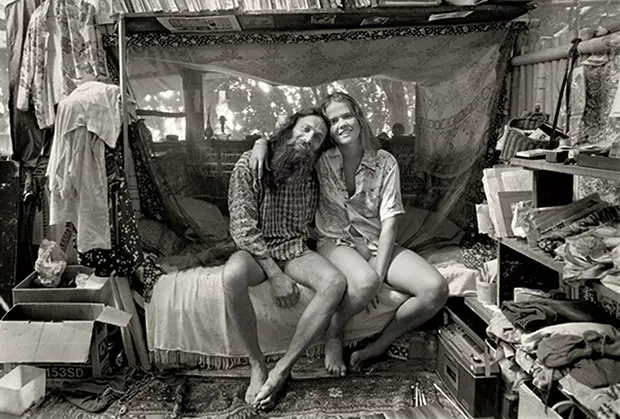
If there's one thing that captures the alternative culture of the 1960s and 1970s, it's communal living. Unfortunately, many communal living situations started as idyllic utopias but ended in a mess of corruption, scandal, and sometimes even murder. However, one community, known as Taylor Camp, managed to pull together a group of like-minded people and create a thriving environment that operated without rules, weird religious doctrine, or a maniacal dictator dressed in hippie robes.
Taylor Camp, Tucked Away In The Hawaiian Jungle
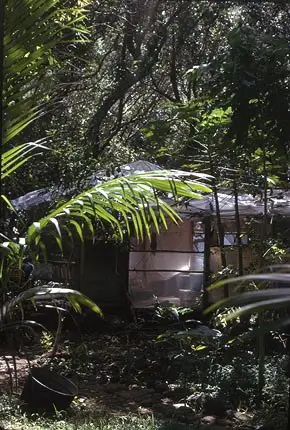
Taylor Camp has been described as everything from a "hippie haven" to a swanky "tree house village," and is perhaps one of the closest real-life representations of Leonardo DiCaprio's "The Beach." In an article for Slate magazine, writer David Rosenberg explores how Taylor Camp embodies the loving, peaceful counterculture movement that set roots in Hawaii in 1969.
Elizabeth Taylor And Her Brother Howard Taylor

The community began in 1969 when famous actress Elizabeth Taylor's brother, Howard Taylor, decided to get back at the Hawaiian government by allowing a group of 13 hippies to set up shop on his beachfront seven acre property. By that time, Howard Taylor had made a name for himself as an oceanographer and artist, and was planning on extending his property to include a large estate building.
Howard Uses The Counterculture Against Local Government

However, the local government had a different idea and wanted to turn the area into a public park, so they denied his requests for building permits. Bitter and a little dramatic, he decided to move in some hippie vagrants and allow them to live on the land without paying rent. In a way, he passed the hippies off to the local government in an attempt to piss them off—and it kind of worked.
Moving From Berkley To A Hawaiian Paradise
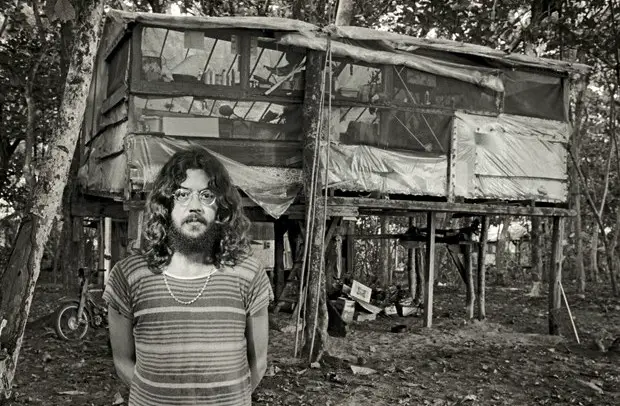
Many of the vagrants were radicals from Berkley, California, and had already been arrested for everything from protesting to vagrancy. The hippies, however, seized the opportunity and didn't hesitate to erect a charming, self-sufficient community full of tree houses and psychedelic artwork.
Photographer John Wehrheim Documents Life At The Camp
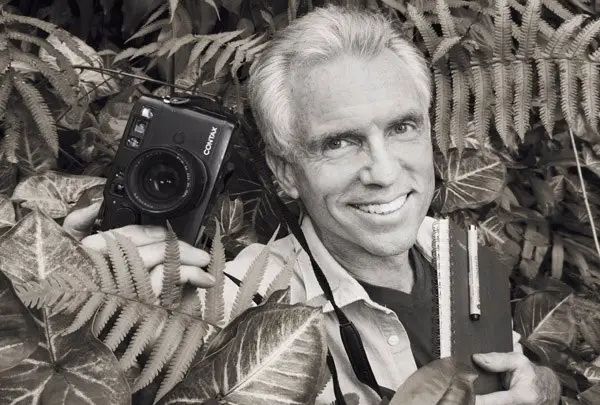
As time went on, word got out that there was a hippie paradise where one could live rent free amongst a gorgeous beach-front setting, and over 100 hippies joined the community. One of those people was photographer John Wehrheim, who meticulously documented life in Taylor Camp. In addition to putting together a stunning photo book, Wehrheim also produced a documentary about Camp Taylor alongside Thomas Vendetti and director Robert C. Stone.
The Perfect Setting For A New Way Of Life
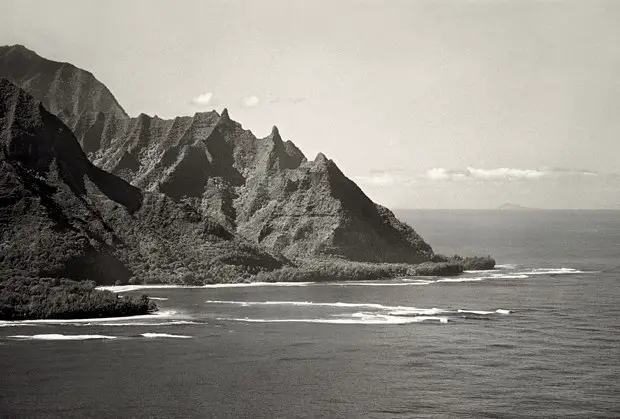
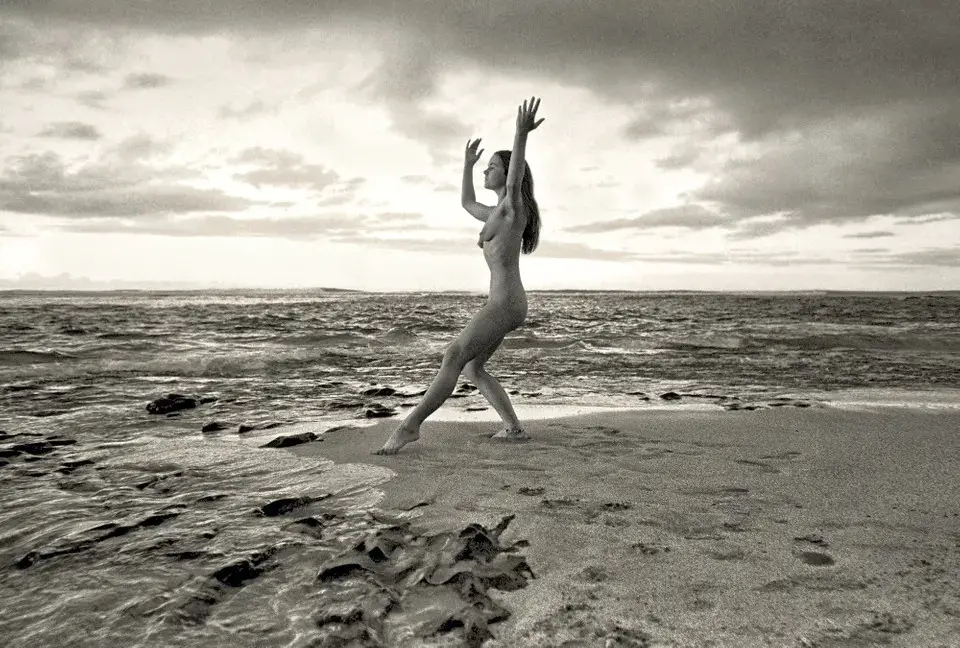
At the time when people were fleeing from the mainland to Taylor Camp, many of the community members were looking for a way of life separate from the war, violence, and mainstream materialism that occupied much of America in the late 1960s. When they reached the camp, they were able to shed their clothes and partake in a different type of communal society.
A Community With No Rules
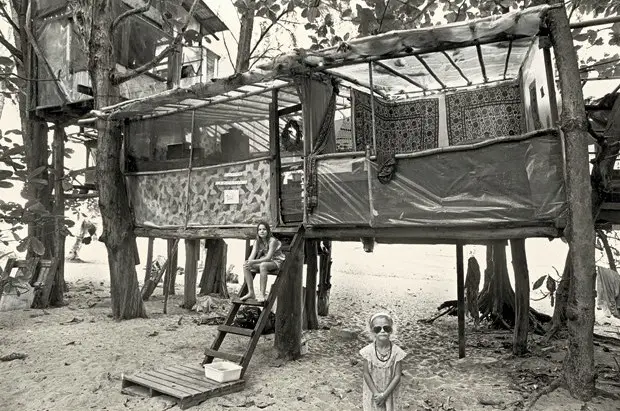
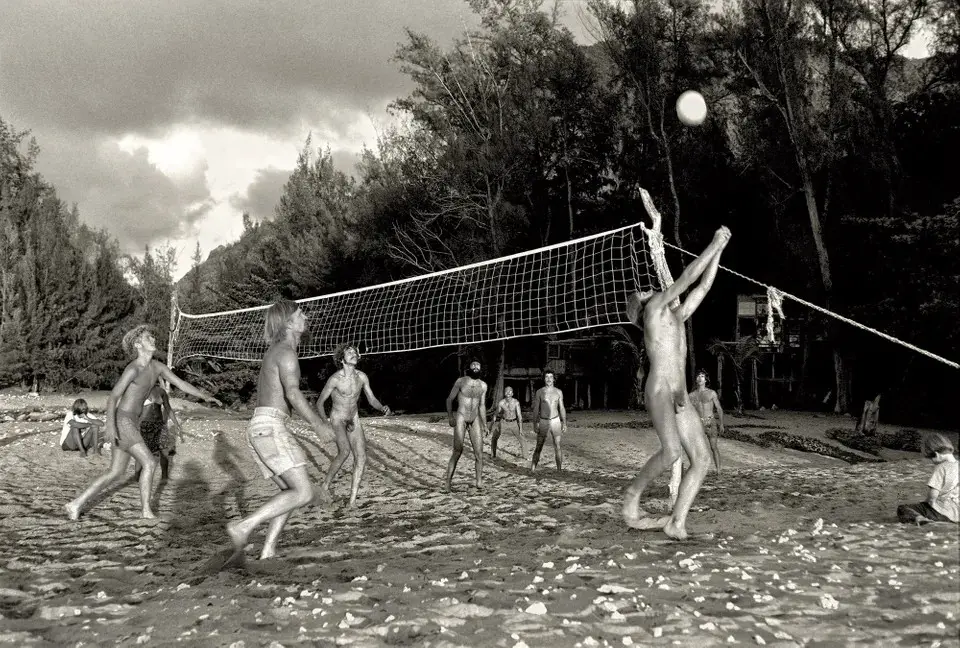
The compound had several buildings and tree houses, a mayor, a co-op, water and septic systems, and a sheriff. They didn't have any one person in charge and, as Wehrheim stated in his book, it was "a community guided by a spirit that created order without rules."
A Place Like Any Other

Although that sounds optimistic, Wehrheim isn't shy about removing the romantic lens that is often placed around counterculture communities from the 1960s and 1970s. He claims the community dealt with sexual tension and abuse, alcoholism, violence, addiction, and disease—just like any other community does.
Daily Life At Camp
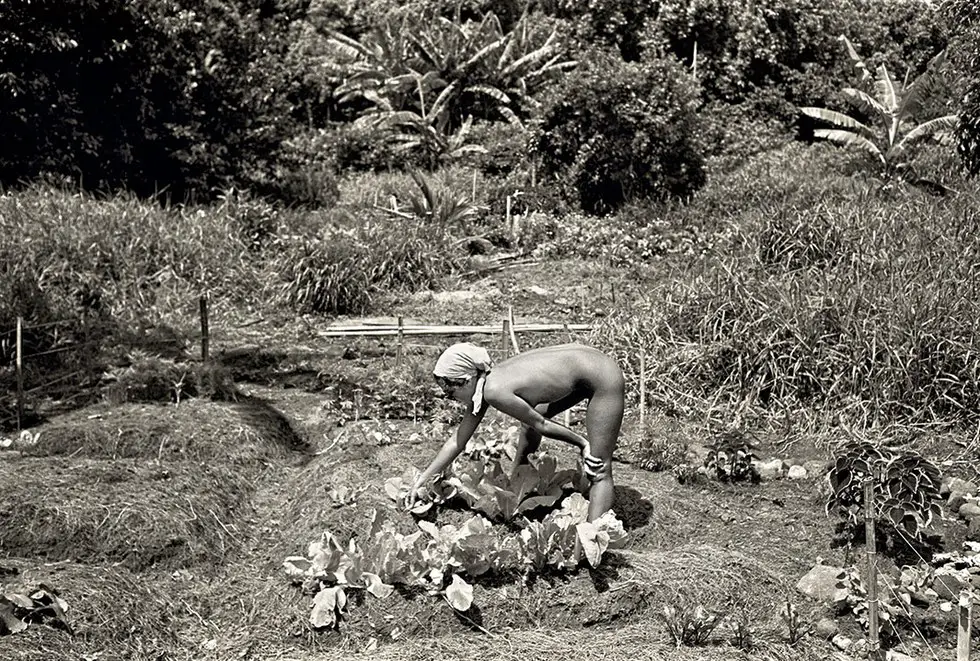

Daily life in the community involved gardening, harvesting the abundant fruits that grew wild on the property, fishing, smoking marijuana, and of course, surfing. In an interview with Huffington Post, Wehrheim claimed that Taylor Camp included all kinds of people, "From upstanding family people, to [Diane Daniells] who started the first Montessori school in Kaua'I, to drug addicts and bums."
Born Into The Life
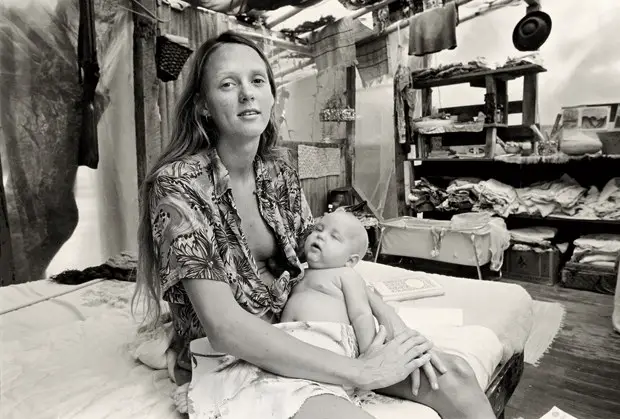
Additionally, the community was crawling with kids. Several of Wehrheim's photos depict kids living amongst the nudist, tree-dwelling hippies. In the same Huffington Post article by Carla Herreria, a young woman who was born into the community describes how her mother and father struggled with addiction. The woman, Maya Spielman, claims after her birth, her mother started taking tons of mushrooms and "went out and lived in cave."
Burning Down Taylor Camp
While many campers were proud of their community, local Hawaiians didn't want the hippies hanging around their beaches and didn't want to pick up the tab for their lifestyle. Many of the members of Taylor Camp claimed they lived like ancient Hawaiians, but the Hawaiians claimed the members of Taylor Camp actually made their living by cashing in on welfare support and selling marijuana. As tension grew between the camp and local government, the property was eventually seized and Taylor Camp was burnt down.
Taylor Camp Nostalgia
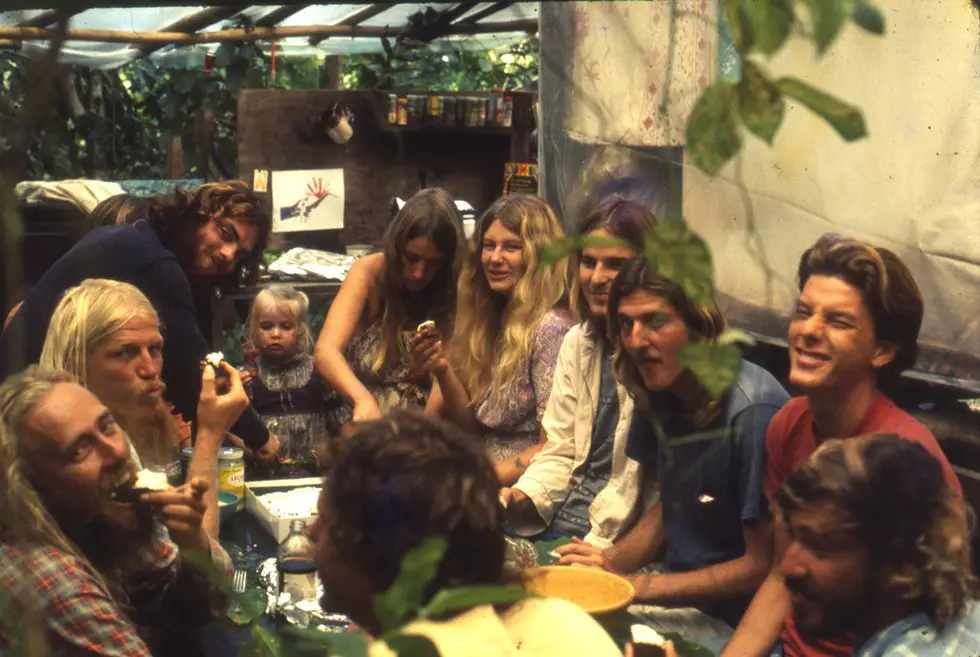
Clearly, there were pros and cons surrounding the community, but when Wehrheim and his fellow documentary producers tracked down people who lived in the camp during its heyday, many of them had positive memories about living there and are still trying to live the simple life. Although the camp members weren't able to preserve their community for the long haul, they provided a pretty interesting example of how a hippie community can thrive without the influence of an occult religion or unrealistic expectations of perfection.



Another proof than the natural intellect and creativity of the Black kings makes miniscule those of the cave monkeys.